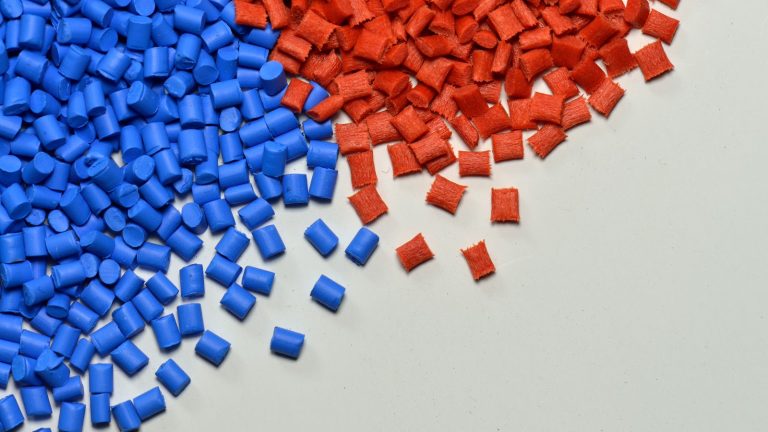Ever noticed the defects like silver streaks, bubbles, plastic swell and low transparency on various plastic bottles and containers? The significant occurrence of these defects in the PET (Polyethylene terephthalate) manufacturing industries is due to their improper drying process. These defects mainly occur because of the hygroscopic nature of the PET, which means it soaks up water to its fundamental structure. Not only silver streaking and splay excess moisture causes PET:
- loss in tensile strength
- loss in impact strength
- loss in structural strength
- Black Spots
these defects lead to a major loss of revenue to the plastics manufacturing industries. The moisture absorption can occur during storage or transportation of the plastic material. To make sure that PET has optimal properties, the product’s moisture must be less than 0.003% before the melting process starts. By ensuring the proper drying of the plastic material, a superior quality product can be obtained. The use of general dryers is not sufficient for thoroughly drying the product. Use of a dehumidifier dryer reduces the moisture content in the product to its minimum; thus, improving the quality of the plastic material.
Drying Process for PET:
( Source: https://www.ptonline.com/articles/how-to-dry-pet-for-container-applications)
As PET is a hygroscopic material, the moisture absorbed within it gets distributed throughout the complete interior of the product. The water absorbed by the polymer chains forms a strong intermolecular bond which complicates the drying process. A delayed drying process leads to a weaker product. Thus, to start the process, four necessary parameters should be kept in mind. They are:
- The Airflow: The airflow of a dehumidifying dryer is the fourth essential parameter in the drying process. It is critical in the drying process as it is the medium that transfers low-dew point air from the dehumidifying dryer to the plastic material pellets. If the flow of air is insufficient, it increases the drying time of the plastic material. On the other hand, excess air flow transfers too much heat to the product, causing thermal degradation. So, the airflow in the dehumidifying dryer must be at the required speed.
- Drying Temperature: Temperature is the primary factor to consider while drying the plastic material. The increase in temperature reduces the strength of the intermolecular bonds between water molecules and polymer chains, allowing the water to escape. Heating the PET polymer to maximum recommended temperature is an essential requirement for complete drying. If temperature increases above the recommended temperature, thermal degradation of the product occurs. Therefore, the drying process should be done at the recommended temperature.
- Saturated Air Temperature: The saturated air temperature describes the moisture content in the air. When air is dehumidified at -40 0C dew point, its dehumidification reduces the relative humidity and increases its moisture absorption capacity. When the product is surrounded by the dehumidified air and heated, the air absorbs all the water molecules from the product due to its high moisture absorption capacity. Thus, reducing the water content in the polymer.
- The Drying Time: The PET product requires time to dry. When the product is heated in presence of low-dewpoint air, it must be provided with sufficient time to allow the water molecules to migrate to the exterior of the product. Plastic materials do not conduct heat well, so it takes time to absorb the heat from the surrounding air.
Defects That Occur in Products without Proper Drying
- Blisters: They are the lifted area on the surface of the product due to the pressure of gases. It does not break the surface but expands a portion of it.
- Bleeding: It happens when a portion of the product changes its
colour upon encountering any solvent. The colour bleeds on the surface of the product. - Stress Cracking: The susceptibility of the product to crack under stress. It may be due to chemicals or any other load acting on the product.
- Permeability and Resiliency: If the product allows passage or diffusion of any gas, vapour or liquid without blocking it. It also affects the ability of the product to regain its shape after any deformation.
- Impact Strength: The ability of the product to withstand any shock loading. If the drying process is not proper, the specimen develops fractures on its surface.
Drying is an integral part of the development process of the product. Efficient drying enhances the properties of the PET pellet. Dehumidifying dryer helps in increasing the effectiveness and boosts the speed of the drying process.




